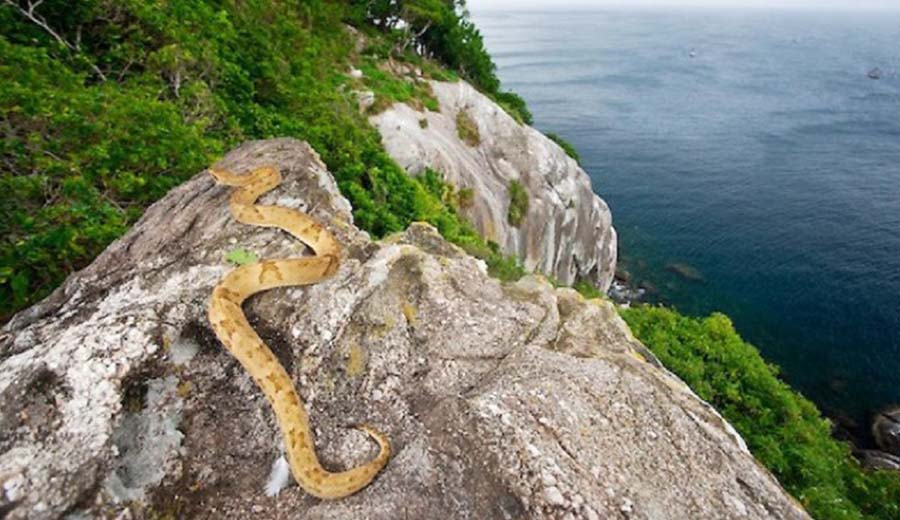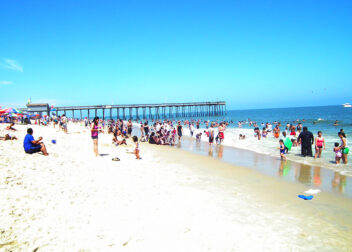Snake island
Snake Island – A place you don’t wanna miss!
Where is Snake Island?
About 90 miles from the city of Sao Paulo lies this place’s snake garden. It is also known as the world’s deadliest island as this place is filled with venomous serpents. The research estimated that on Snake island live between one and five snakes per square metre. The snakes stay on the many migratory birds that use the island as a halt point. The island is small In size and it has many different types of terrain, ranging from bare rocks to rainforest. It is a home for the most endangered, venomous which has a diet of birds. When there is a rise in sea levels which covers the land which connects the mainland, shanks are trapped in the island. This island had a temperate climate. Only the Brazilian Navy and selected researchers have access to this island. The island covers an area of 4600000sq ft and the highest elevation is 676ft.
Type of Snakes to See on This Island
As there are so many snakes on one island, as estimated one snake in every square metre of the island. Snake island has a population of about four lakh thirty thousand snakes but recent estimation is lower. As the overall low population of the golden lancehead. Bothrops insulators also may be a risk from inbreeding. Golden lancehead snakes were placed on the list of Brazil’s endangered animals. It is also a small home of a small population of non-venomous snake species.
Golden lancehead snakes carry a seven per cent chance of death if they bite and even after treatment it still has a three per cent chance of dying. The bite can also cause necrosis of muscular tissue, kidney failure, intestinal bleeding and baron haemorrhaging. The ‘lancehead‘ refers to the pointed head, distinctive of snakes in the genus Bothrops. No other mammals live on this island expect of snakes which are one metre long and are responsible for 90 per cent of snake-related deaths in Brazil. The only source of food for these snakes is birds that use this island as a resting stop. The snakes have also learned to climb in order to catch a bird as their food. This type of snake is responsible for most of the deaths in the south and north America. It is the only place where this kind of snake is found in the whole world.
Facts You Should Know Before Heading to This Island
Some of the most frightening facts about this snake land are as follows:-
- Developers wanted and planned to build a banana plantation on the island but it didn’t work out
- The Brazilian Navy has prohibited anyone from entering this island.
- Snake island consists of the largest concentration population of snakes in the world.
- One to five snakes per square metre are estimated on dis small island.
- The snake bite is fast-acting poison and can melt the skin around the bits
Snake island History
Ilha da Queimada Grande, also known as Snake Island, is an island located off the coast of Brazil. It is named Snake Island due to the large number of venomous golden lancehead pit vipers that inhabit the island. The island is a protected area and access is restricted due to the danger posed by the snakes. The snakes are believed to have evolved in isolation on the island and have become highly venomous as a result of their environment. The golden lancehead is one of the deadliest snakes in the world and is responsible for several fatalities in the region.
Activity
Ilha da Queimada Grande, also known as Snake Island, is located off the coast of Brazil and is a protected area due to the large number of venomous snakes that inhabit the island. Access to the island is restricted to researchers and scientists who study the snakes and their unique habitat. There is no human settlement or commercial activity on the island. Visitors are not allowed due to the danger posed by the snakes. The primary activity on Snake Island is scientific research and the preservation of the island’s unique ecosystem.



